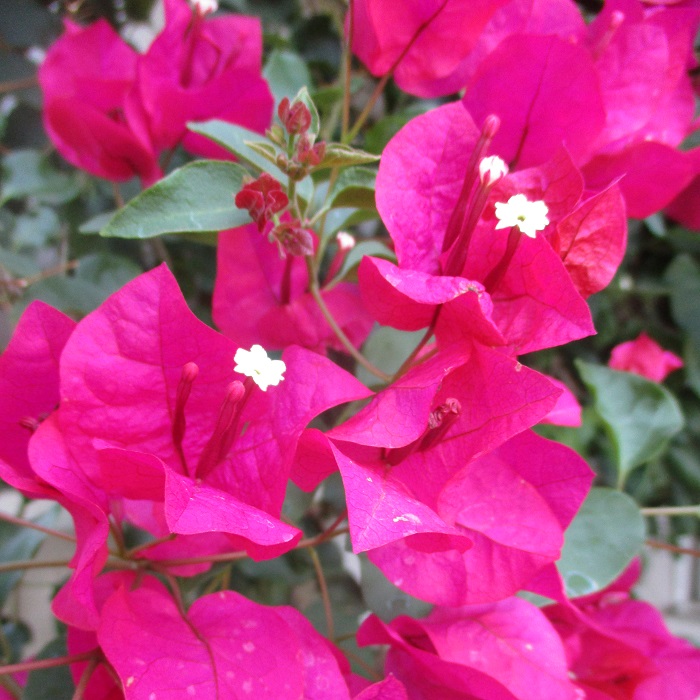UNITED STATES—Grapevines that were not pruned aggressively enough last winter are tangled messes by now. Many grapevines that were pruned properly are tangled messes as well. That is their nature. Woody vines like grapevines grow rapidly and vigorously. They rely on other plants for support, and do what they must to get to the top. Woody vines are not concerned about the plants that support them.
Woody vines climb structures also. Some cling to stucco and siding with aerial roots or modified tendrils (holdfast discs). These ruin paint and promote decay. Woody vines with twining stems wrap around posts and beams, and then crush them as they grow. All sorts of vines can dislodge shingles, roof tiles, gutters, downspouts or window screens. Some sneak into basement or attic vents.
Even relatively docile woody vines can get out of control fast. Star jasmine performs well as ground cover, but can climb more than 20 feet up trees if neglected long enough. Pink jasmine, lilac vine and Carolina jessamine are tame enough for lattice, but get overgrown on top if not pruned down. American wisteria is much smaller than Chinese wisteria, but can still strangle small shrubs.
Are woody vines too much trouble?
Woody vines are certainly worth growing. Chinese wisteria, autumn clematis, honeysuckle, bougainvilleas and various trumpet vines all have their attributes. They just require diligent maintenance and serious commitment. Most need more than just winter pruning. Some of the more vigorous sorts may need specialized pruning a few times annually. They also need serious accommodation.
Trellises and supportive structures must be resilient to the destructive forces of particular woody vines. For example, Chinese wisteria deserves a trellis or arbor of posts and lumber that its heavy vines will not crush. Boston ivy can climb bare concrete retaining walls, but must not attach to painted or wooden surfaces. No vines should climb on roofs, chimneys, vents, gutters or utility cables.
Just as importantly, woody vines require enough room to grow without crowding or climbing into trees or other plants.
Highlight: Bougainvillea
No other bloom is comparable to that of bougainvillea. It is often profuse enough to nearly obscure the foliage. The color is remarkably vibrant. Magenta is the most popular color. Purple might be the second most popular color. Other cultivars bloom in delightfully rich hues of pink, red, orange, yellow and white. Some bloom with double flowers. A few dwarf cultivars have variegated foliage.
Bougainvillea is a thorny vine that leans on its support, rather than cling to it. Like climbing roses, it must be tied or woven into trellises. Larger cultivars can mix with the branches of trees and big shrubs to eventually reach more than 30 feet high. Many cultivars stay much lower. Some grow slowly, and do not get more than three feet tall. The lush foliage is evergreen with regular watering.
However, bougainvillea does not want too much water, and actually prefers to get a a bit dry between regular irrigation. Excessive irrigation may promote vegetative growth while inhibiting bloom. Excessive fertilizer does the same. Sunny and warm exposure promotes fuller bloom. In late spring, the first and most profuse of perhaps a few bloom phases can continue for more than a month.
Horticulturist Tony Tomeo can be contacted at tonytomeo.com.






